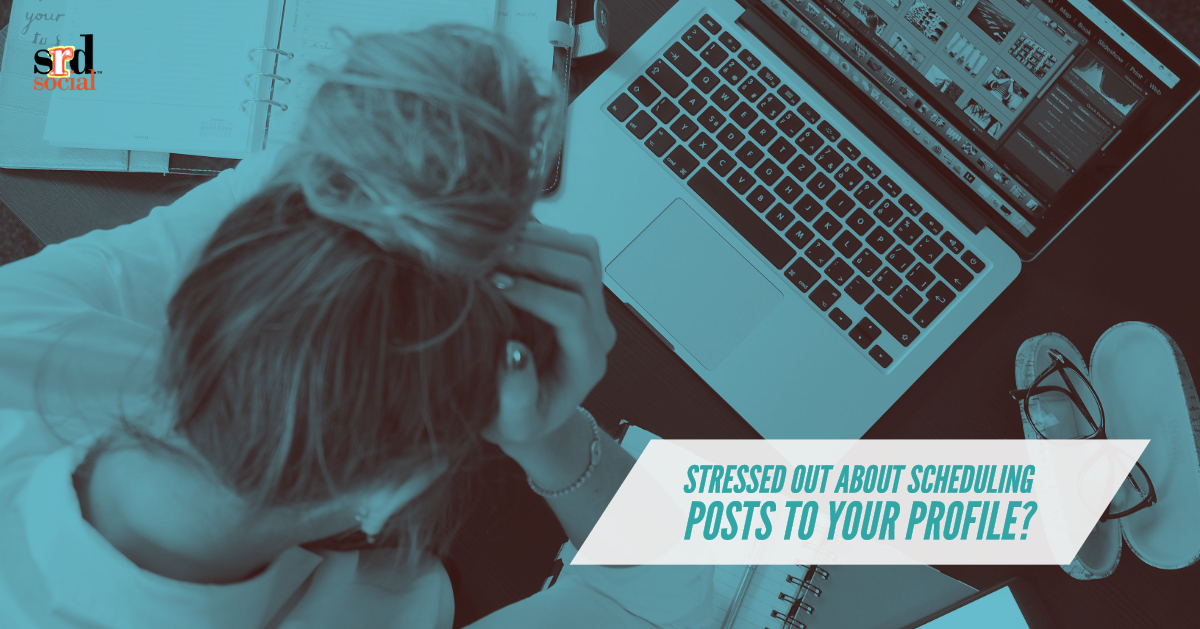Health-Related Facebook Pages Could See Downgraded Posts for Sensationalist Health Claims
Last Tuesday, July 2, 2019, Facebook announced that they implemented two new post ranking updates to their most recent algorithm which was released last month. These updates target Pages that post “exaggerated or sensational health claims [or are] attempting to sell products or services based on health-related claims.” According to Travis Yeh, Facebook Product Manager, the reason behind this change to the algorithm is to “improve the quality of information in News Feed.”
Examples of the types of posts that would be downgraded were provided by Facebook. However, they leave a lot of room for interpretation. In our opinion, that means that there will be a lot of misidentified posts. The only good news is that Facebook won’t block the identified posts. Instead, they will be shown lower in the News Feeds of your followers.
Here’s what Facebook says about how they are evaluating posts through this new lens:
“We consider if a post about health exaggerates or misleads — for example, making a sensational claim about a miracle cure [and] we consider if a post promotes a product or service based on a health-related claim — for example, promoting a medication or pill claiming to help you lose weight.”
As you can see, their definitions are fairly broad, though they anticipate that a majority of Pages won’t see a significant change to their post distribution in News Feeds. They suggest that Pages should avoid sensationalist health claims and solicitation using health-related claims. In addition, any pages that do see a decrease in distribution can simply stop posting that sort of content.
These newest changes to the ranking algorithm come on the heels of another major change involving health-related posts. In March, Facebook announced that it would take strong action against Pages and Groups that “spread misinformation about vaccinations on Facebook.” Those types of posts will see harsher consequences than those discussed above. Spreading misinformation about vaccinations can completely exclude your Page or Group from recommendations on Facebook. Also, Facebook will reduce the distribution of posts made by offending Pages and Groups as well as rejecting ads with the offending content.
So how do you avoid this type of content if you’re in a health-related field?
As with most issues related to Facebook’s algorithms, this all comes down to word usage. The algorithm will indetify posts by searching for phrases commonly found in spammy health-related posts. Facebook has not said what phrases the algorithm will look for. We believe terms to avoid are things like “guaranteed results”, “lose weight fast”, and “risk-free”.
What do you think of this change? Do you think it will help reduce spam for users? Or will it just make more unnecessary headaches for business Page owners?

